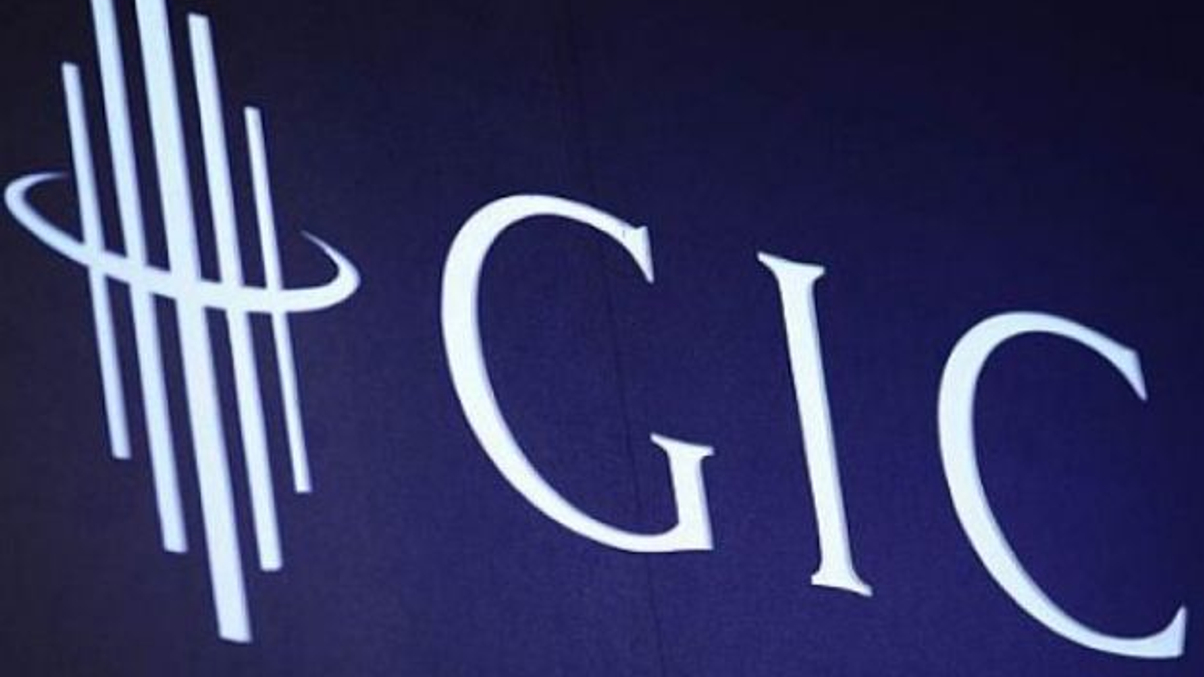GIC results mask ‘rough year’ as fund looks to boost resilience
The city state’s $690 billion fund reports solid returns over the long term as it positions itself for new challenges and opportunities ahead.

Singapore sovereign wealth fund GIC has achieved its best investment results in eight years, based on its annualised rolling 20-year real rate of return, the metric by which it measures its performance.
Sign in to read on!
Registered users get 2 free articles in 30 days.
Subscribers have full unlimited access to AsianInvestor
Not signed up? New users get 2 free articles per month, plus a 7-day unlimited free trial.
¬ Haymarket Media Limited. All rights reserved.


